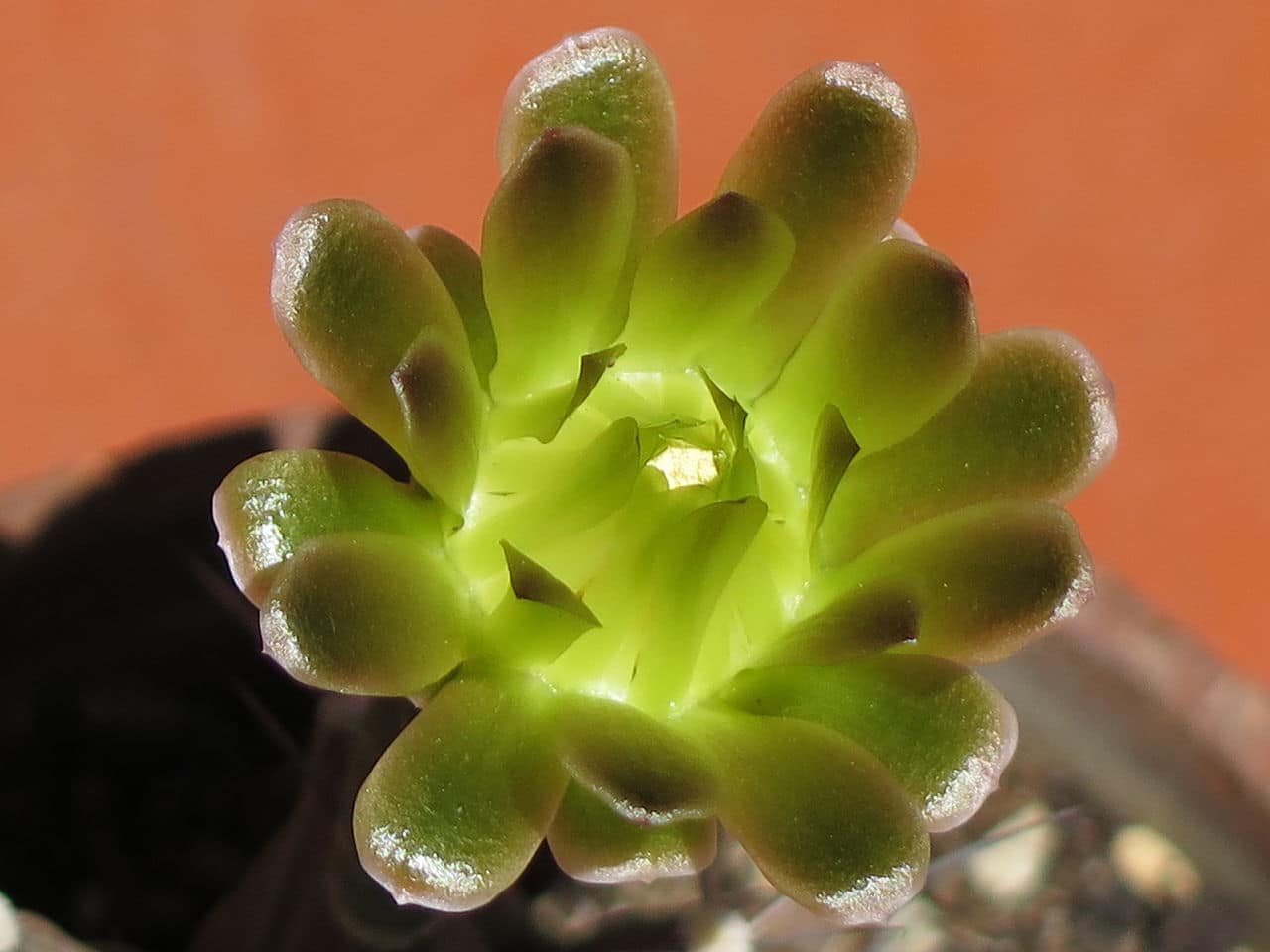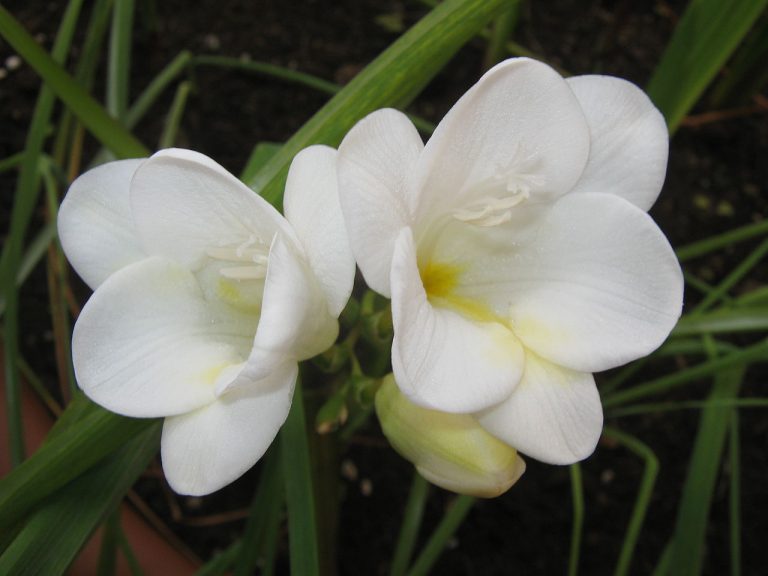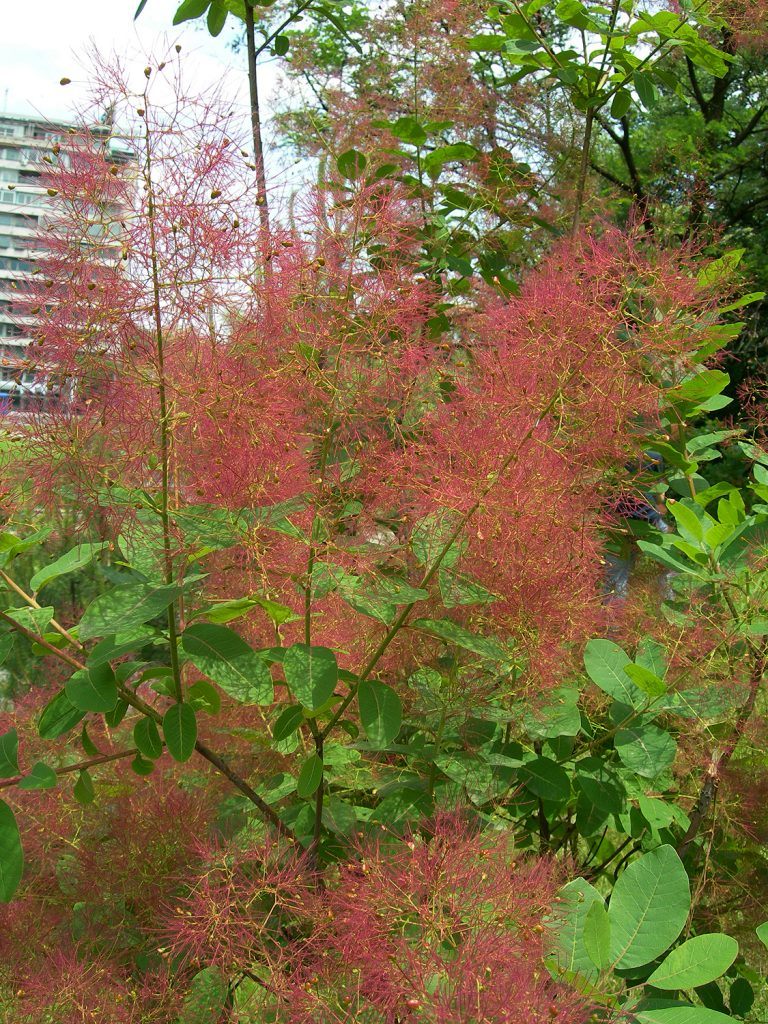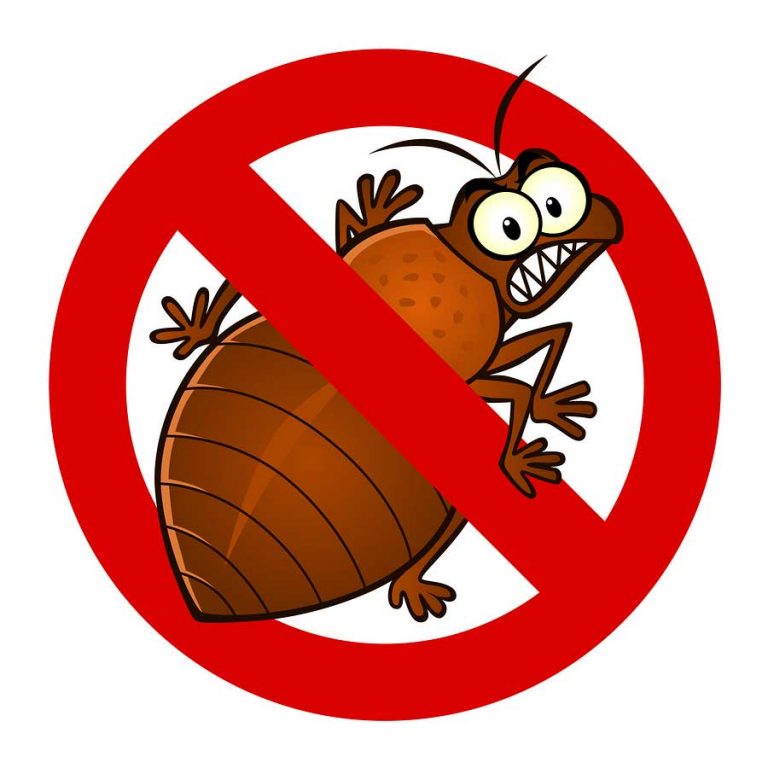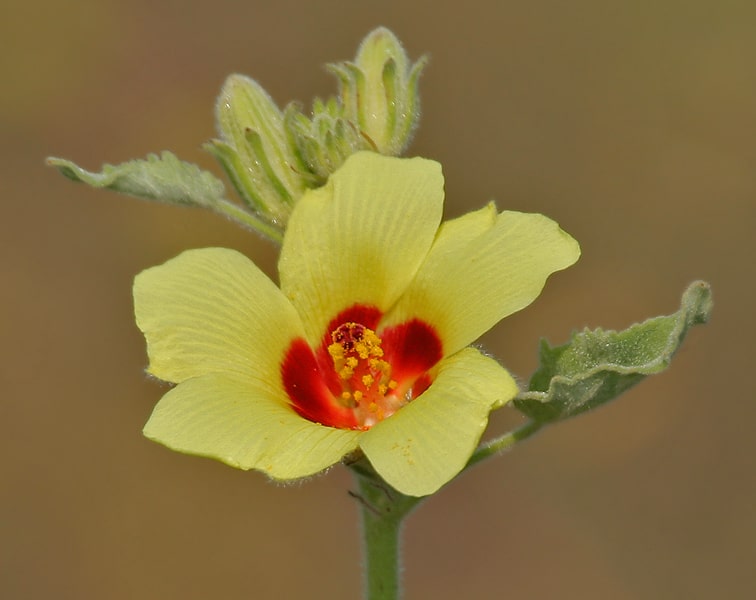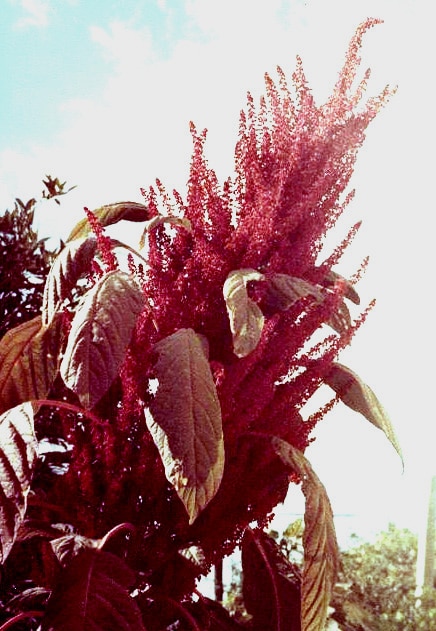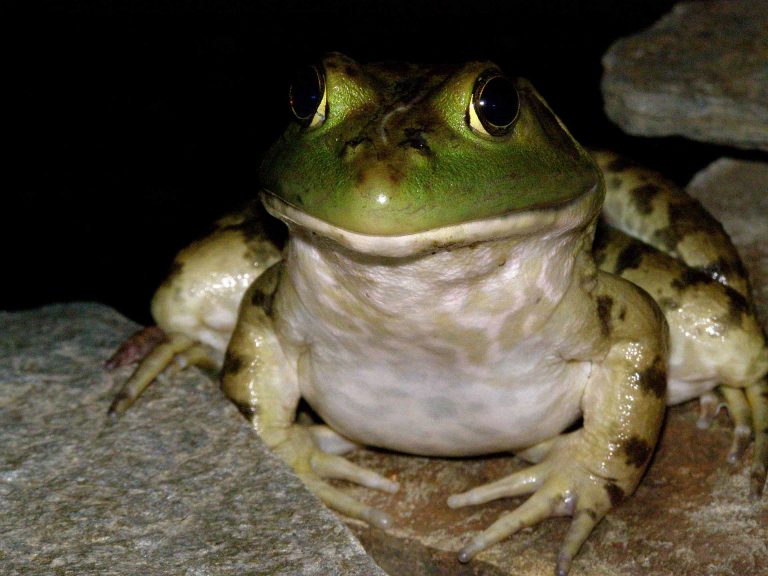Grafted Gymnocalycium
Scientific Classification
| Kingdom: | Plantae |
| (Unranked): | Angiosperms |
| (Unranked): | Eudicots |
| (unranked): | Core Eudicots |
| Order: | Caryophyllales |
| Family: | Cactaceae |
| Genus: | Gymnocalycium |
| Species: | G. Mihanovichii |
| Binomial name: | Gymnocalycium Mihanovichii |
The moon cactus is a popularly known little cactus that is grafted. Grafting is possible by using a number of plants. This procedure of propagating plants is done by taking a pair of different variety of plants, slicing and joining them and let them grow as a single plant. In case the pair of plants is well-matched, then they unify together and develop into a single plant. The crown portion of the Moon Cactus undergoes a change whereby there is a deficiency of chlorophyll that is responsible for the green color to the cactus. This change leads to coloration in yellow, orange and red below. Those Cacti that are deficient in chlorophyll are not capable of surviving by themselves – they wither away when they are seedlings, so, for survival, they are grafted onto a cactus which has chlorophyll.
History
Gymnocalycium Mihanovichii, habitually termed as chin cactus, it hails from the continent of South America; it is generally planted as a houseplant. The majority of the well known cultivars has undergone diverse changes and is wholly deficient in chlorophyll, revealing red, yellow or orange coloration. These varieties of cultivars are frequently termed as moon cactus. Because in the process of photosynthesis, chlorophyll is essential, these mutants wither away while they are seedlings, if you do not graft them onto a typical cactus possessing chlorophyll.
Anatomy
They are elongated or in flattened globose shape, with colors of red, yellow, purple with green tint, and white, orange, brown with a red tint to deep grape. They grow as tall as 10 cm (or above) and a diameter of 6 to 12 cm, from its sides it branches abundantly. They have 3 to 6 acicular (spine shaped) to awl shaped leaves, deep to pale brown color, of length 0.7 to 1 cm, or pink with purple hue to light pink of 6 to 7 cm long.
Habitat
On account of the conspicuous chin seen in between its Aeroles (Wiki: small light- to dark-colored bumps on cacti out of which grow clusters of spines), these Gymno cacti are habitually termed as “chin” cacti. In nature, we come across them in the rocky grounds or in the grasslands in many countries in the continent of South America, a good number particularly in Bolivia and Argentina and in addition in Uruguay, Paraguay and Brazil.
Soil for Planting
A type of cactus soil mix that drains fast and is nutritious is apt. Ensure that the soil is dry to a depth of minimum one inch by sensing it with your fingers, and then water it. Allow the water to drain out well along the roots and out of its base, ensure that the whole pot is soaked. Allow proper drainage; do not allow the plants to stand in water. Utilize the type of soil mix that drains properly and in between watering, let the soil dry out. Dress the top of the soil with coarse gravels or tiny pebbles, in order that water penetrates faster and evaporation takes place slowly. This prevents the formation of a crust on the soil at the top and gives an appealing and tidy look.
Water
If possible, water your cacti with rain water by substituting it for the tap water that is hard. The majority of cacti have a preference of pH about 5 to 6.5. In case you are using tap water, always do not water them directly, but let it become a minimum room temperature prior to watering your plants.
In case the weather is fine, then initially water them in the middle of April. You can water your plants only once weekly from June to August, however, normally this denotes every other week! In this manner they maintain their normal looks rather than developing into unattractive clumps of green.
Propagate
This plant can be propagated by its seeds. The first step is to soak the seeds overnight in some water. Next, you have to arrange a germination tray and fill it with a blended combination of soil, peat moss and some coarse sand. Then sow the seeds evenly in all the space in the tray. Place it in a sunny position for a speedy germination process. Keep the soil moist until the germination process takes place. Once the seedlings attain enough height, you can transplant it to another pot. Most common and successful way to cultivate this plant is by using the smaller version of the parent plant growing by the side. These offsets can be easily removed by dividing their roots from the parent plants. This root should be buried in a good cactus potting mix.
Temperature
For the duration of the winter season when it is cold, take your small moon cactus indoors, since they do not perform well when the temperatures are cold.
Care
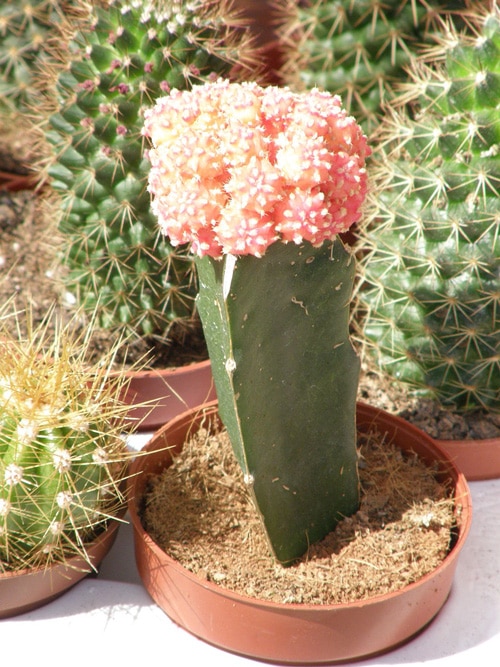
Grafted Gymnocalycium – Photo by: Andrew Butko
The Moon cacti are termed as Hibotan Cactus or Gymnocalycium Mihanovichii. Peculiarly these plants undergo mutation and are deficient in producing chlorophyll, meaning they need grafting on a root stalk with skill. Directions of the method of growing a moon cactus are same as to the majority of succulent plant; however, these plants do not survive long in spite of giving proper care.
Varieties
There are a great number of types of Gymnocalycium cacti; these are plants that are collected from a wide range. The popular ruby ball plant that is grafted depends on the Gymnocalycium Mihanovichii, obtained in colors of pink, yellow or orange. In summer the mature plant bears pink color flowers, and lots of people misinterpret the ball of color as a flower of the crown, in fact it is the plant. In order to keep the hybrids of ruby ball living, they depend on the root stock on which they are grafted for the production of chlorophyll, because they are not capable of producing chlorophyll, which is a point of significance.
Pests and Diseases
Diseases, pests or insects do not trouble the moon cactus, much, whereas you are likely to notice attack by a few mealy bugs or spider mites infesting your cactus. The main crisis that affects these plants is over watering, which causes root ro. You can understand that your plant is affected by this deadly disease, if the stem turns brown in color. A healthy plant will have a green and firm stem. You can check the roots by gently removing the plant from the pot, and checking whether the roots are slim and brown. If it is so, then the best option is to discard it, and to start with a new plant. And if the roots are still white and firm, then replant it into a sterilized soil and pot. Some kind of bacterial and fungal infections also harm these plants, and lead to a brown stem. If this brown part of the stem is mushy and soft then, the plant is beyond saving. As soon as possible, you should remove this plant, or it may affect the other plants too.

Having discovered a fondness for insects while pursuing her degree in Biology, Randi Jones was quite bugged to know that people usually dismissed these little creatures as “creepy-crawlies”.

